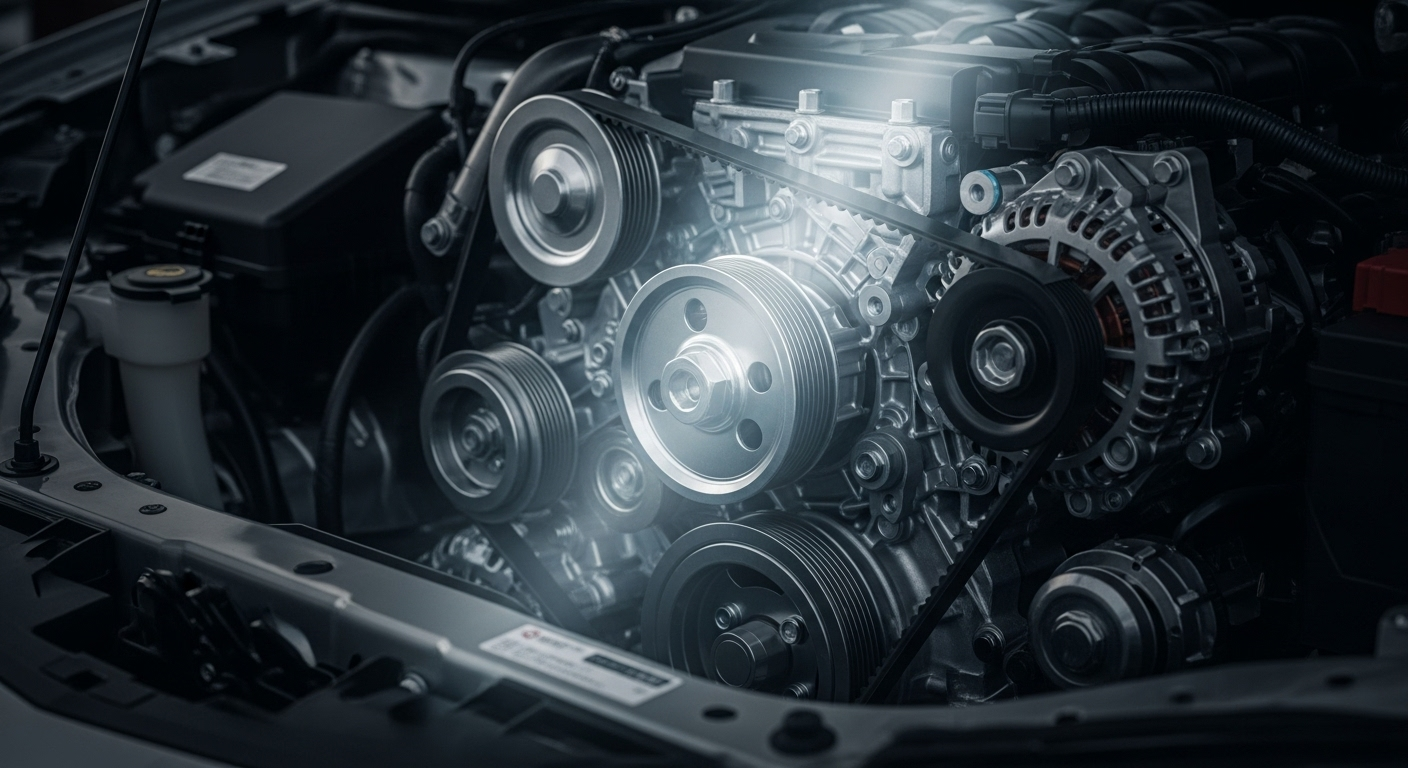Exploring the World of Rotary Engines: A Unique Approach to Automotive Power
The gentle hum of a Wankel rotary engine is music to the ears of automotive enthusiasts. This unconventional power plant, with its spinning triangular rotor, has captivated engineers and drivers alike for decades. Join us as we delve into the fascinating world of rotary engines, exploring their unique design, advantages, and the challenges that have kept them from widespread adoption.

How Rotary Engines Work
At its core, the rotary engine operates on the same four-stroke cycle as a piston engine: intake, compression, combustion, and exhaust. However, the way it achieves these stages is radically different. As the rotor spins, it creates three distinct chambers that simultaneously perform different parts of the cycle. This continuous rotation results in smoother operation and higher revving capabilities compared to traditional engines.
Advantages of the Rotary Design
One of the most significant benefits of rotary engines is their impressive power-to-weight ratio. With fewer moving parts and a compact design, rotary engines can produce substantial power output from a relatively small package. This characteristic made them particularly appealing for sports cars and motorcycles, where weight savings and high-revving performance are prized.
Challenges and Limitations
Despite their innovative design, rotary engines have faced several challenges that have limited their widespread adoption. One of the primary issues is fuel efficiency. The unique shape of the combustion chamber in a rotary engine can lead to incomplete fuel burning, resulting in higher fuel consumption and increased emissions. Additionally, the design of the rotor seals, crucial for maintaining compression, has been a persistent engineering challenge, often leading to higher oil consumption and shorter engine life compared to traditional piston engines.
Mazda: The Champion of Rotary Power
No discussion of rotary engines would be complete without mentioning Mazda. The Japanese automaker has been the most prominent advocate for rotary technology, implementing it in various models over the years. The iconic Mazda RX-7 and RX-8 sports cars are perhaps the best-known rotary-powered vehicles, earning a dedicated following among enthusiasts for their unique character and high-revving nature.
The Future of Rotary Technology
While rotary engines have faced challenges in meeting modern emissions standards, recent developments suggest a potential resurgence. Mazda, in particular, has been working on addressing the traditional weaknesses of rotary engines. The company has explored using rotary engines as range extenders in hybrid vehicles, leveraging their compact size and smooth operation. This approach could potentially overcome the efficiency limitations while still harnessing the unique benefits of rotary technology.
Rotary Engines in Motorsports
The rotary engine’s high power output and compact size have made it a favorite in various motorsports disciplines. From endurance racing to drag racing, rotary-powered vehicles have left their mark on the track. The engine’s ability to produce significant power from a small displacement has allowed teams to compete in lower engine capacity classes while still delivering competitive performance.
Engineering Innovations
As engineers continue to refine rotary engine technology, several innovations have emerged. Advanced materials for rotor seals have improved durability and reduced oil consumption. Direct fuel injection systems have been adapted for rotary engines, enhancing fuel efficiency and power output. These advancements demonstrate the ongoing potential for rotary engine development, even in the face of stringent emissions regulations.
Cultural Impact and Enthusiast Following
Beyond their technical merits, rotary engines have cultivated a unique culture among automotive enthusiasts. The distinct sound, smooth power delivery, and unconventional nature of these engines have inspired a passionate following. Rotary-powered vehicles often command a premium in the collector car market, with enthusiasts appreciating the engineering ingenuity and driving experience they offer.
Conclusion: A Niche but Enduring Legacy
While rotary engines may never achieve the widespread adoption once envisioned, their impact on automotive engineering and culture is undeniable. As the automotive industry continues to evolve, the principles behind rotary engine design – efficiency, compactness, and smooth operation – remain relevant. Whether as a standalone power plant or integrated into hybrid systems, the rotary engine’s legacy of innovation continues to inspire engineers and captivate enthusiasts, ensuring its place in automotive history for years to come.





